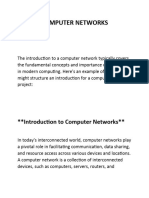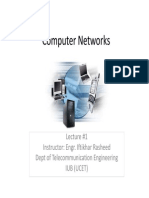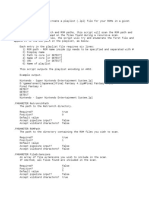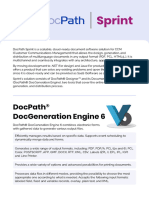0% found this document useful (0 votes)
6 views3 pagesNetworking Course Introduction Enhanced English
This document outlines a practical training course in computer networking, aimed at beginners seeking careers in networking, security, or cybersecurity. The course covers fundamental concepts, practical applications, and advanced topics such as cloud networking and cybersecurity awareness. Additional resources, including a glossary and an English version for international learners, are also suggested to enhance the learning experience.
Uploaded by
amht309Copyright
© © All Rights Reserved
We take content rights seriously. If you suspect this is your content, claim it here.
Available Formats
Download as DOCX, PDF, TXT or read online on Scribd
0% found this document useful (0 votes)
6 views3 pagesNetworking Course Introduction Enhanced English
This document outlines a practical training course in computer networking, aimed at beginners seeking careers in networking, security, or cybersecurity. The course covers fundamental concepts, practical applications, and advanced topics such as cloud networking and cybersecurity awareness. Additional resources, including a glossary and an English version for international learners, are also suggested to enhance the learning experience.
Uploaded by
amht309Copyright
© © All Rights Reserved
We take content rights seriously. If you suspect this is your content, claim it here.
Available Formats
Download as DOCX, PDF, TXT or read online on Scribd
/ 3




















































































